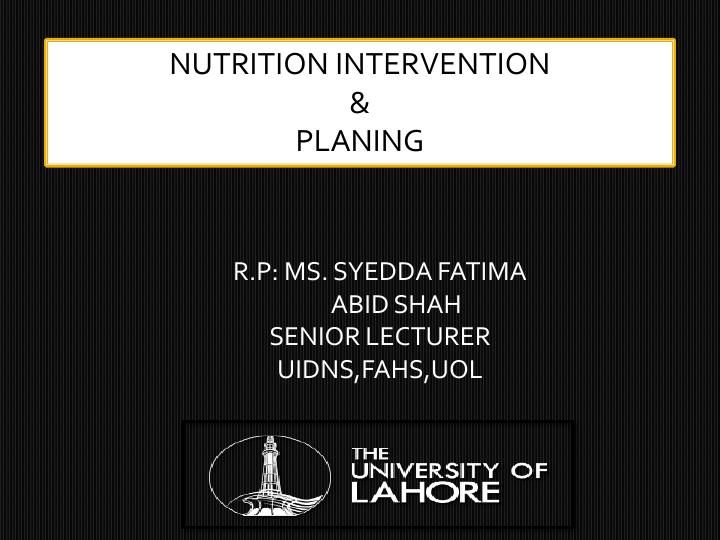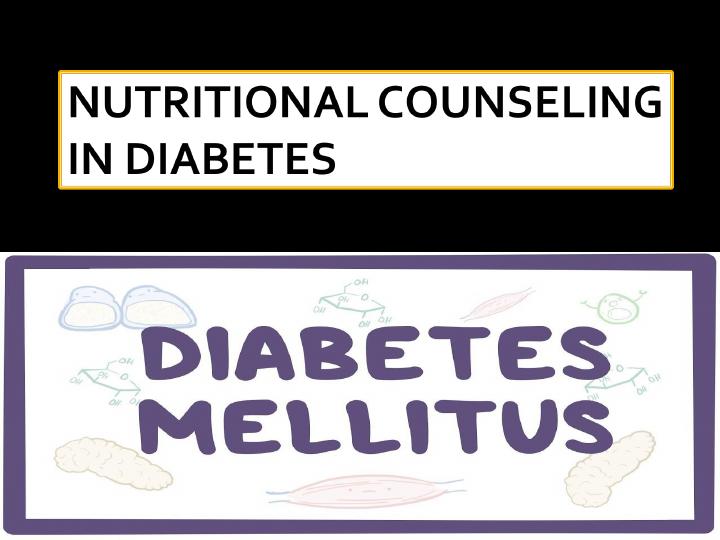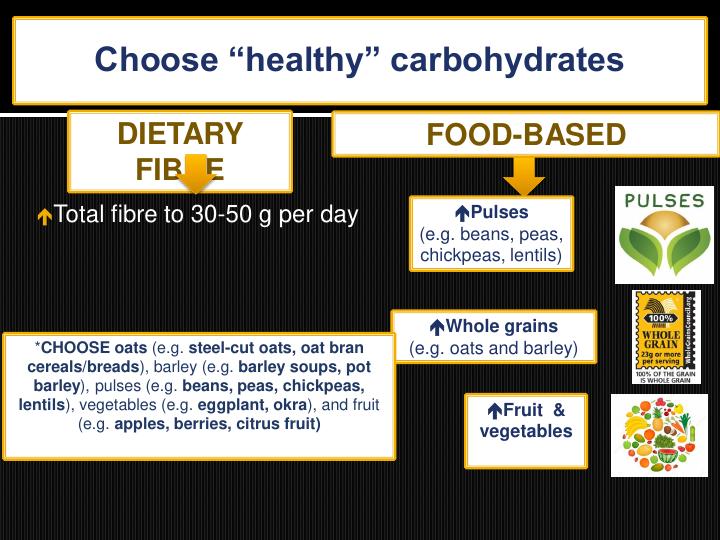Nutrition Intervention and Planning
Added on 2023-01-13
41 Pages1271 Words48 Views
R.P: MS. SYEDDA FATIMA
ABID SHAH
SENIOR LECTURER
UIDNS,FAHS,UOL
NUTRITION INTERVENTION
&
PLANING
ABID SHAH
SENIOR LECTURER
UIDNS,FAHS,UOL
NUTRITION INTERVENTION
&
PLANING



Carbohydrat
es
Protein Fat
% of total
energy
45-60% 15-20%
(or 1-1.5g /kg BW)
20-35%
Calories per
gram
4 4 9
Grams for
2000
calorie/day
225-300 75-100 44-78
es
Protein Fat
% of total
energy
45-60% 15-20%
(or 1-1.5g /kg BW)
20-35%
Calories per
gram
4 4 9
Grams for
2000
calorie/day
225-300 75-100 44-78

AVOID trans-fatty acids
Saturated fatty acids to <9%
of energy intake*
*REPLACE with polyunsaturated fatty acids (PUFAs) from mixed n-
3/n-6 sources (e.g. nuts, canola oil, soybean oil, flaxseed),
monounsaturated fatty acids (MUFAs) from plant sources (e.g.
extra virgin olive oil, high oleic oils, avocados), whole grains, or
low-GI carbohydrates (see slide 10)
Saturated fatty acids to <9%
of energy intake*
*REPLACE with polyunsaturated fatty acids (PUFAs) from mixed n-
3/n-6 sources (e.g. nuts, canola oil, soybean oil, flaxseed),
monounsaturated fatty acids (MUFAs) from plant sources (e.g.
extra virgin olive oil, high oleic oils, avocados), whole grains, or
low-GI carbohydrates (see slide 10)

Choose “healthy” carbohydrates
Total fibre to 30-50 g per day
DIETARY
FIBRE
Whole grains
(e.g. oats and barley)
FOOD-BASED
Pulses
(e.g. beans, peas,
chickpeas, lentils)
Fruit &
vegetables
*CHOOSE oats (e.g. steel-cut oats, oat bran
cereals/breads), barley (e.g. barley soups, pot
barley), pulses (e.g. beans, peas, chickpeas,
lentils), vegetables (e.g. eggplant, okra), and fruit
(e.g. apples, berries, citrus fruit)
Total fibre to 30-50 g per day
DIETARY
FIBRE
Whole grains
(e.g. oats and barley)
FOOD-BASED
Pulses
(e.g. beans, peas,
chickpeas, lentils)
Fruit &
vegetables
*CHOOSE oats (e.g. steel-cut oats, oat bran
cereals/breads), barley (e.g. barley soups, pot
barley), pulses (e.g. beans, peas, chickpeas,
lentils), vegetables (e.g. eggplant, okra), and fruit
(e.g. apples, berries, citrus fruit)


The blood glucose response of a given food
compared to an equal amount of a CHO
standard (typically glucose or white bread)
compared to an equal amount of a CHO
standard (typically glucose or white bread)

End of preview
Want to access all the pages? Upload your documents or become a member.
